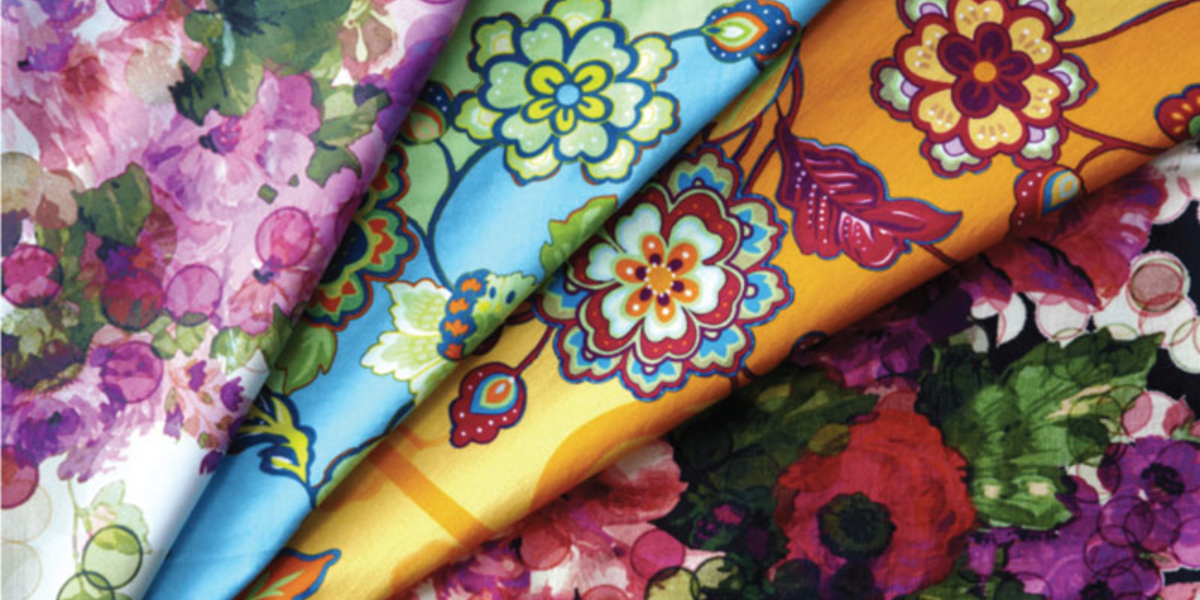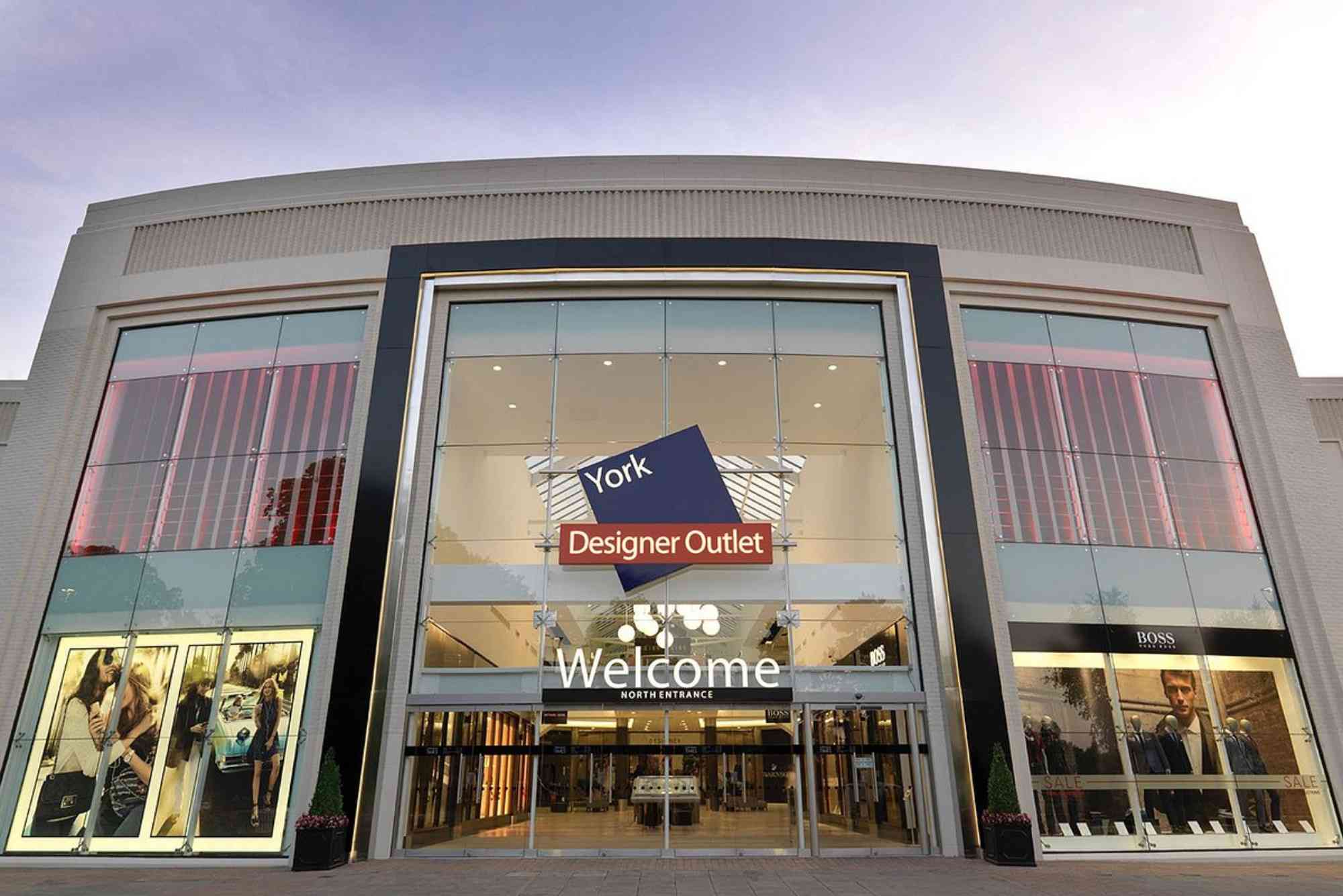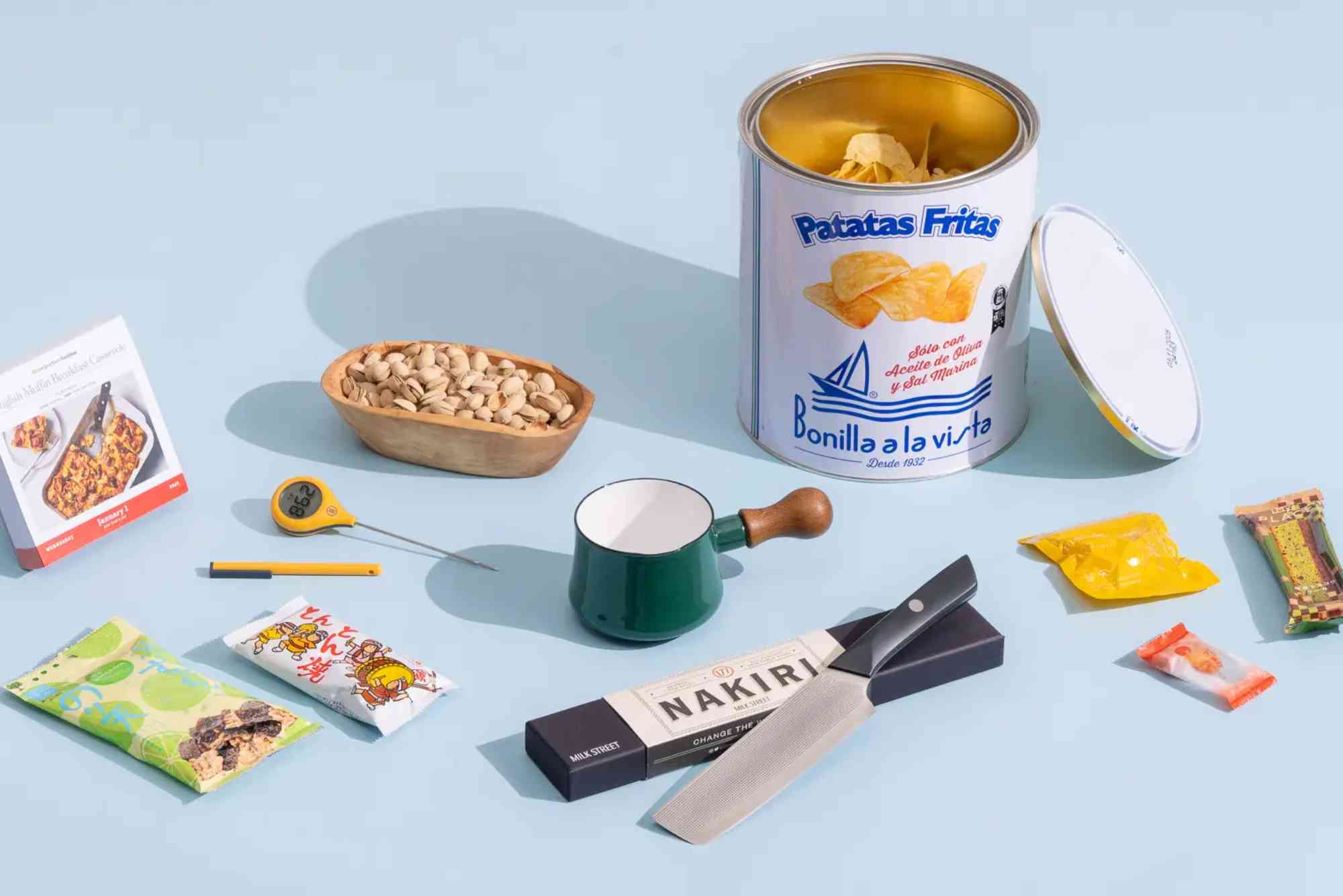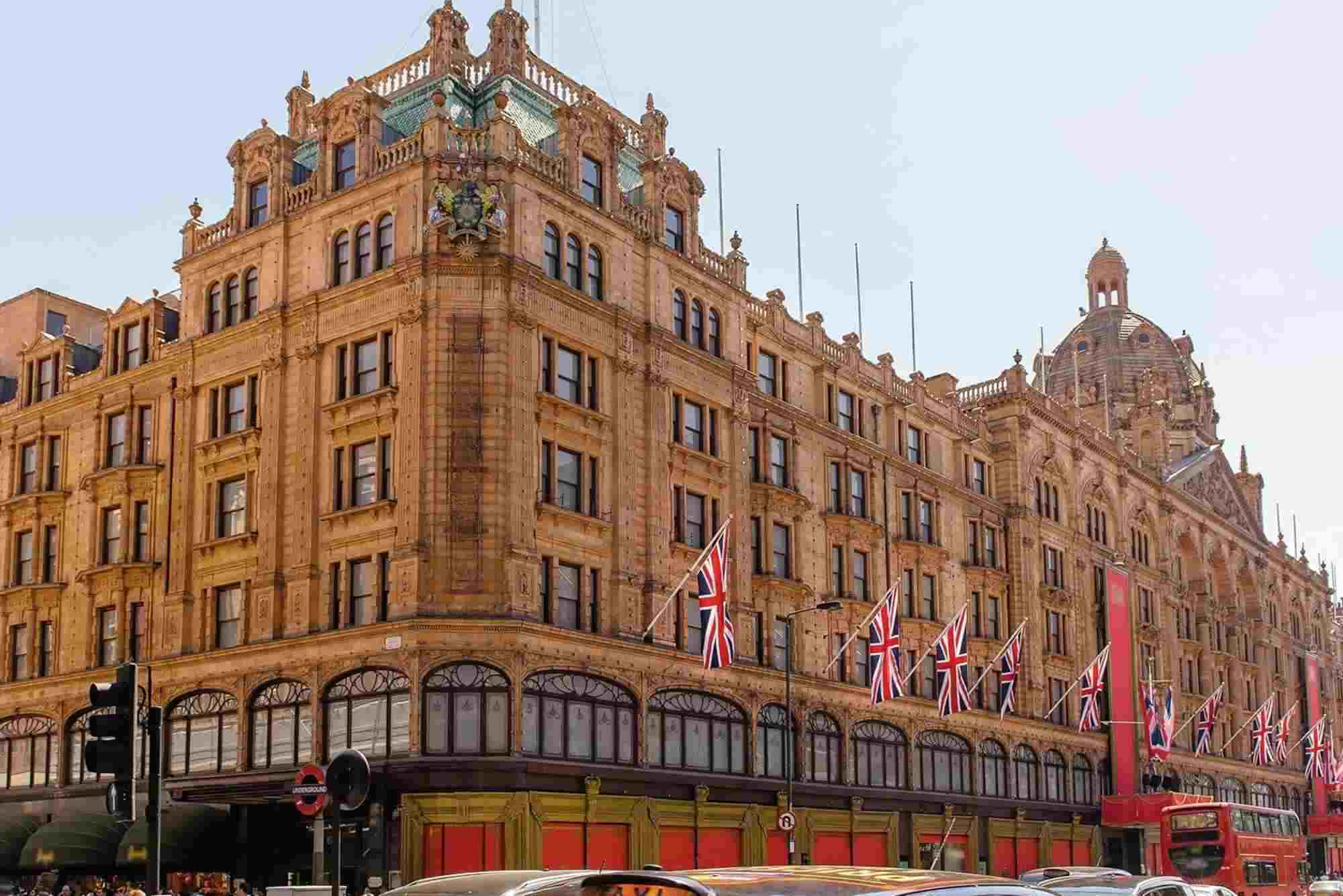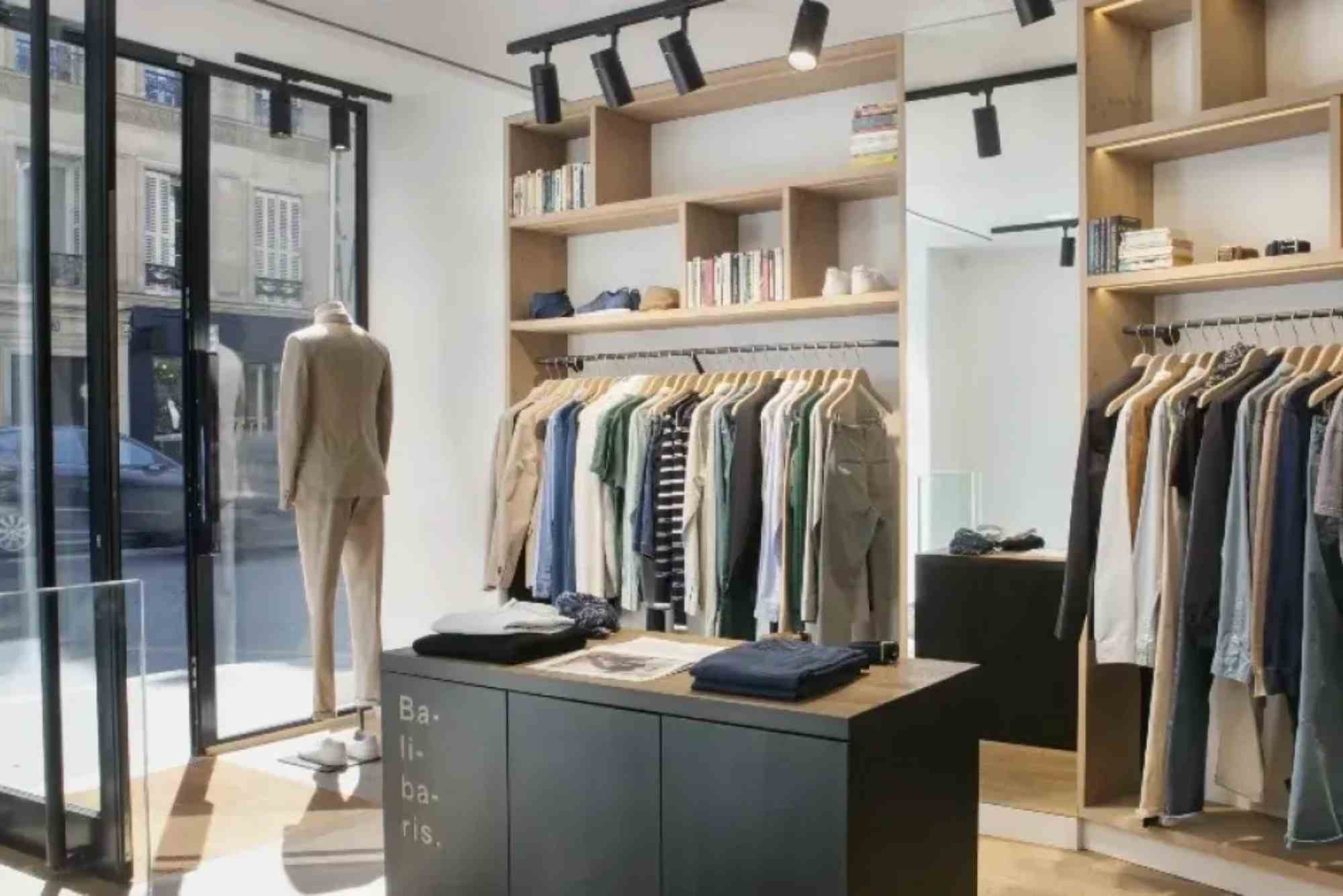Digital Textile Printing
In the realm of textile design, a digital revolution is underway. Traditional methods are giving way to innovative digital textile printing solutions, transforming the way fabrics are designed, produced, and utilized. From intricate patterns to vibrant colors, digital printing offers unparalleled flexibility and creativity for designers and manufacturers alike.
Understanding Digital Textile Printing Technology
Digital textile printing utilizes advanced technology to transfer designs directly onto fabric substrates. Unlike conventional methods such as screen printing or rotary printing, digital printing eliminates the need for screens or cylinders, streamlining the production process and reducing waste. With precision and efficiency, digital printers apply dye or pigment ink onto fabric, creating stunning visuals with unmatched detail and clarity.
Benefits of Digital Textile Printing
The adoption of digital textile printing brings forth a myriad of benefits across the industry. Firstly, it enables on-demand production, allowing for customization and personalization without the constraints of minimum order quantities. This flexibility not only caters to evolving consumer preferences but also reduces inventory costs and waste. Moreover, digital printing offers faster turnaround times, making it ideal for time-sensitive projects and quick-to-market initiatives.
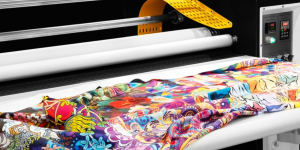
Applications Across Industries
Digital textile printing finds applications across a diverse range of industries. In fashion and apparel, designers leverage digital printing to unleash their creativity, producing unique garments with intricate designs and vibrant colors. The interior decor sector also benefits from digital printing, with custom fabrics enhancing the aesthetic appeal of spaces through bespoke upholstery, drapery, and bedding. Additionally, digital printing facilitates the production of soft signage, flags, banners, and promotional materials, catering to the marketing and advertising needs of businesses.
Sustainable Solutions and Environmental Impact
One of the significant advantages of digital textile printing is its potential for sustainability. Unlike traditional methods that often involve excessive water usage and chemical treatments, digital printing consumes fewer resources and generates minimal waste. By eliminating the need for screens and reducing setup times, digital printing significantly reduces energy consumption and carbon emissions. Furthermore, the ability to print on demand helps minimize overproduction and excess inventory, contributing to a more sustainable and environmentally friendly supply chain.
Digital textile printing represents a paradigm shift in fabric design and production. With its unmatched versatility, efficiency, and sustainability, digital printing is revolutionizing the way we create and utilize textiles. From fashion to interior decor, its applications are vast and varied, offering endless possibilities for innovation and creativity. As technology continues to advance and consumer demands evolve, digital textile printing remains at the forefront of the industry, driving progress and shaping the future of fabric design.
Spectrum Digital Print Solutions DIFC
Spectrum Digital Print Solutions DIFC is a renowned printing company that specializes in delivering high-quality digital printing services to clients in the Dubai International Financial Centre (DIFC) and beyond. With state-of-the-art printing equipment and a team of experienced professionals, Spectrum Digital Print Solutions DIFC offers a comprehensive range of printing solutions tailored to meet the diverse needs of businesses and individuals. From business cards and brochures to large-format banners and signage, Spectrum Digital Print Solutions DIFC provides end-to-end printing services to help clients effectively communicate their brand messages and stand out in the competitive marketplace. With a commitment to quality, innovation, and customer satisfaction, Spectrum Digital Print Solutions DIFC remains a trusted partner for all printing needs.

